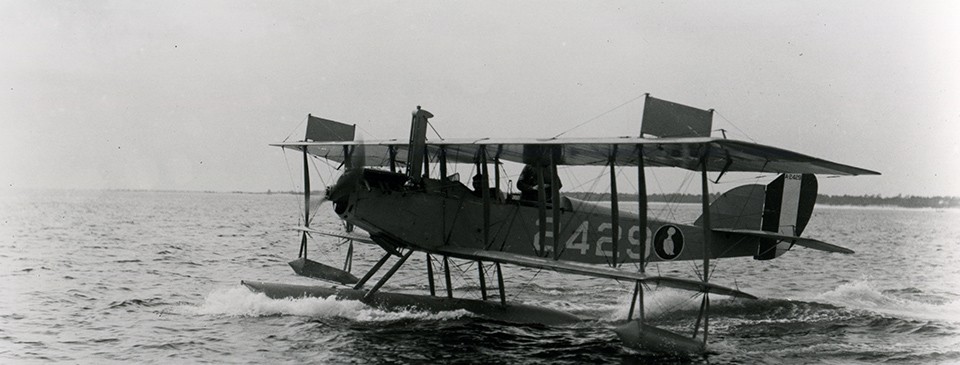
Aviation
Aviation
Upon the United States' entry into World War I, the U.S. Navy had one air station, located at Pensacola, Florida. Available for service were 48 aviators and students, along with 54 aircraft. Prior to the war, the only war experience Naval Aviation had was with photo reconnaissance at Veracruz, Mexico in 1914. In the subsequent rapid build-up, Naval Air Stations were concentrated on the eastern coast, including Anacostia, Washington, D.C.; Bay Shore, Long Island, New York; Cape May, New Jersey; Chatham, Massachusetts; Hampton Roads, Virginia; Key West, Miami, and Pensacola, Florida; and Rockaway Beach, New York. Exceptions were at North Island, San Diego (used by the U.S. Army for training and schools); Akron, Ohio (for lighter-than-aircraft); and Camp Taliaferro, Fort Worth, Texas (an aerial gunnery school). During the war, naval aircraft flew more than three million nautical miles while also attacking and damaging a dozen German U-Boats. When hostilities ceased, U.S. Naval and Marine Corps Aviation were operational out of 27 bases in Europe, two in Canada, and one in the Canal Zone, one in the Azores, and 12 in the United States. At the time of Armistice, naval aviation had 6,716 officers and 30,693 men serving. The Marine Corps had 282 officers with 2,180 men. Of these, 18,000 officers and men served abroad. Craft totals: 2,107 aircraft; 15 dirgibles, 215 kite balloons.
Image: NH 91599: Burgess N-9 (Bu# A-2429) taxiing for take off, November 24, 1918. U.S. Naval History and Heritage Command Photograph.



